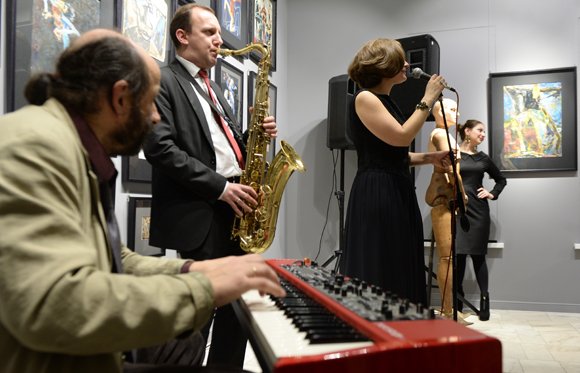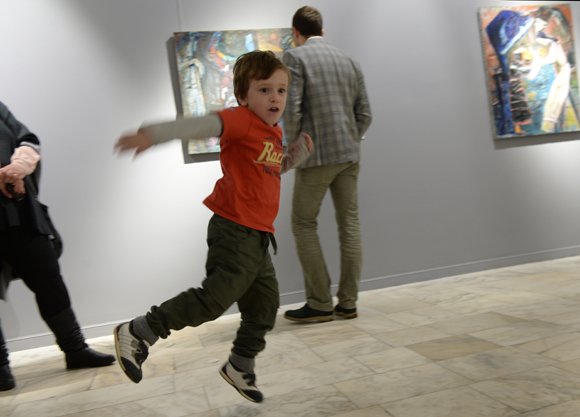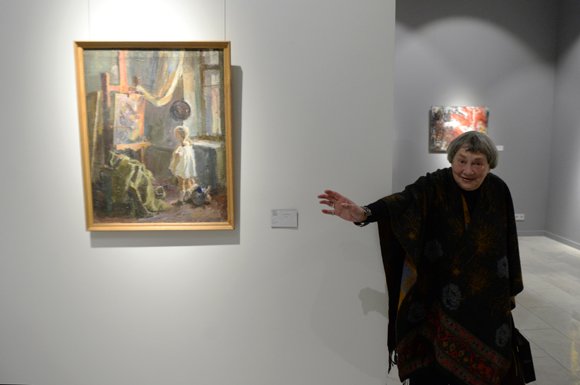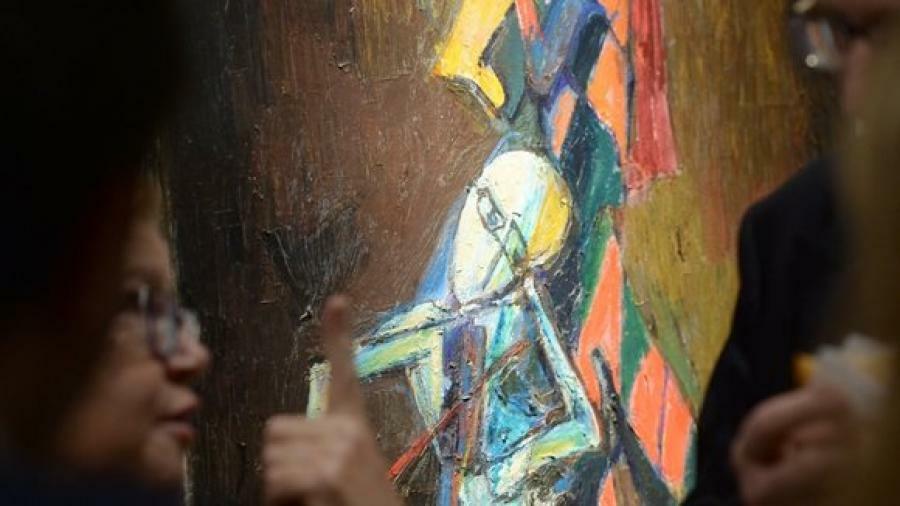As the curator of the exhibition, collector Mikhail Openheim explained to Izvestia, the purpose of the exhibition is to show not just Feigin's works, but also his human essence.
“The work of Moses Feigin is greatly underestimated, and it seems to me that we owe it to the artist, we have a duty to show how talented he is. The exhibition was prepared together with members of the Feigin family. We collected stories from his life, because for me the most important thing was to make the exposition human,” the curator explains.


In the process of preparing the exhibition, Mikhail Openheim learned a lot of interesting details from Feigin's life. One of them was the artist's service in the cavalry.
“He chose this branch because he liked to draw horses. But Feigin had never been in the saddle and did not think that it would be so hard. He ended up in a unit where experienced Cossacks, who were born in the saddle. But Feigin was a gymnast, a strong, wiry man, so he simply imitated, copied the Cossacks, which gave the impression that he was an experienced rider,” says Openheim.
The artist's love for horses is clearly visible in the works presented at the exhibition. In the painting Still Life, there are two wooden figures of horses on the table - Feigin first carved them out of wood himself, and then painted them. The figurines, along with crucifixes and other handicrafts of the master, occupied a special cabinet in one of the gallery halls.
A separate corridor is filled with sketches depicting Charlie Chaplin. This image appeared in Feigin's work in the 1970s.
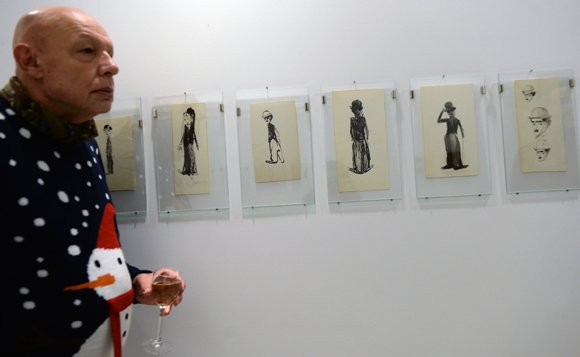

“Apparently, Chaplin strongly reminded Feigin of himself - by that time the artist had begun to use a walking stick. As a result, he portrayed Chaplin in nearly all his works, even in the painting Orpheus. The silhouette of Charlie is difficult to distinguish here, but he is still there,” adds the curator.
Other characters constantly traveling from one painting to another are Don Quixote and Sancho Panza, as the embodiment of fearlessness and loyal friendship, as well as harlequins - circus performers who risk their lives every day. According to Openheim, Moses Feigin often went to rehearsals at the circus, and saw circus performers fall to their death. Harlequins for him were a symbol of people who perform a civic feat every day.
A special place is occupied by the image of the violinist Musya Pinkenson, a pioneer (boy scout) hero of the 1950s. According to legend, the German officers set the violinist a condition - if you play well, we’ll let your parents go. However, Musya started playing Internationale, for which he was immediately shot along with his family.
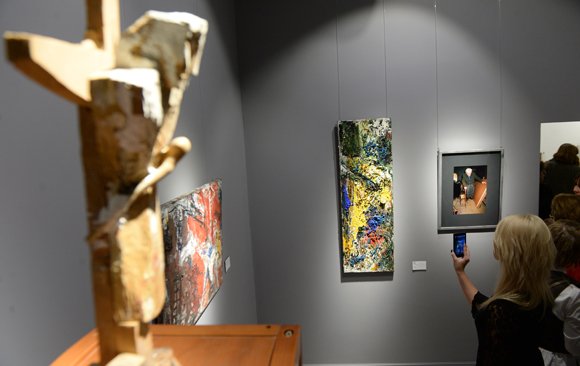
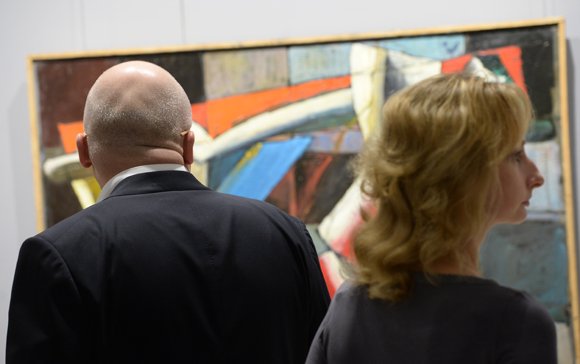
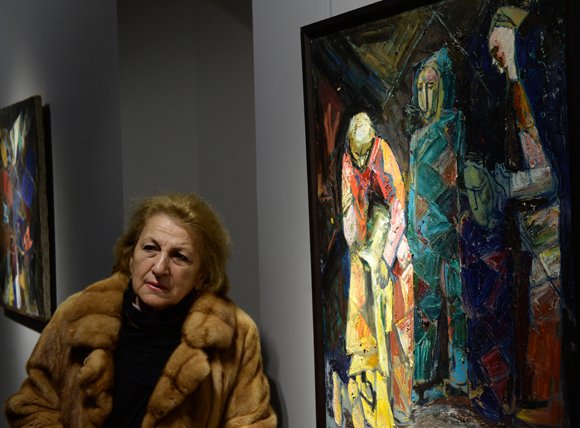
The exhibition was named Furious Orpheus - the artist literally worked until his last days, because he simply could not stop working. Moreover, Moses Feigin is listed in the Guinness Book of Records as "the oldest working professional artist in the world."
As Feigin’s grandson Leonid told Izvestia, “my grandfather is one of the truly unique artists, because he managed to make a full-fledged exhibition of the canvases created by him after his centenary”.
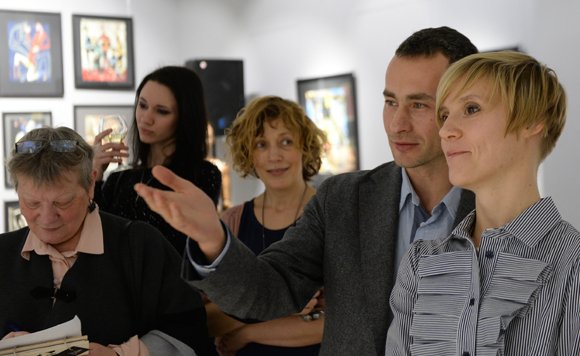


“In the last years of his life, he changed a lot,” Leonid Feigin continues. “After turning a hundred, he had problems with health, he could hardly see. He said that he had no strength for "bullshit", and that is why he does pure art. It was at this time that he went into abstraction, religion. He painted a lot of crucifixes, and with each new one, the figure of Christ became more and more abstract, textured - he squeezed paint onto the canvas directly from the tube and explained that when he allows chance to appear on the canvas, he is not an author, but a co-author. The author of the product is the universal harmony, which governs the laws of gravity, spreading, adhesion of paint.
The artist's last work is also present at the exhibition - an abstract canvas with traces of a paint tube and a glued lid. Feigin avoided the word "God", but interpreted his last paintings as direct communication with the power of the universe.
“It was energy in its purest form, the work of a completely young man,” adds Leonid Feigin. “He said that only after a hundred years he realized what he was doing, and finally began to work.”
